
Recognizing Plant Physiology first authors: Muhammad Aman Mulki
Plant Physiology, Plant Physiology: Author ProfilesMuhammad Aman Mulki, first author of FLOWERING LOCUS T3 (FT3) promotes spikelet formation but not floral development
Current Position: Postdoctoral fellow, Plant Breeding and Genetics, Max Planck Institute for Plant Breeding Research, Cologne, Germany.
Education: PhD, Crop Genetics, University…
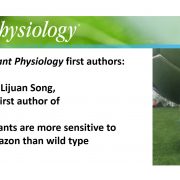
Recognizing Plant Physiology first authors: Lijuan Song
Plant Physiology, Plant Physiology: Author ProfilesLijuan Song, first author of The genomes uncoupled mutants are more sensitive to norflurazon than wild type
Current position: PhD student, Key Laboratory of Horticultural Plant Biology, Ministry of Education, Huazhong Agricultural University, Wuhan, China
Education: BS (2016) from JiangHan University,…
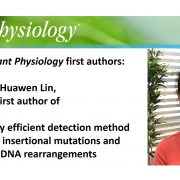
Recognizing Plant Physiology first authors: Huawen Lin
Plant Physiology, Plant Physiology: Author ProfilesHuawen Lin, first author of MAPINS, a highly efficient detection method that identifies insertional mutations and complex DNA rearrangements
Current Position: Instructor, Department of Genetics, Washington University in St. Louis, USA
Education: PhD in Plant Physiology from Washington University…
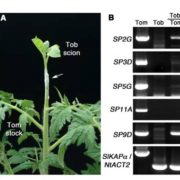
RNA Mobility and the Regulation of Flowering
Plant Physiology, Plant Physiology: On The InsideIn addition to hormones, proteins, and metabolites, many plants use mRNAs as mobile molecules for long-distance communication. It has been demonstrated that many mobile mRNAs are trafficked through phloem, probably by forming an RNA-protein complex to allow the stable translocation of mRNA molecules.…
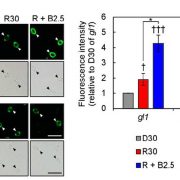
Red Light and the Plasma Membrane H+-ATPase in Guard Cells
Plant Physiology, Plant Physiology: On The InsideStomatal opening is stimulated by light, including blue and red light. Blue light-induced stomatal opening is fairly well understood: it is mediated by blue-light photoreceptor phototropins (phot1 and phot2). Blue light activates the plasma membrane (PM) H+-ATPase via phosphorylation of its penultimate…
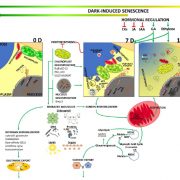
Dark-Induced Leaf Senescence
Plant Physiology, Plant Physiology: On The InsideSenescence in plants is a prelude to cell or organ death. The metabolites and macromolecules released during senescence are salvaged by the plant for use elsewhere. Generally, senescence occurs prior to programmed cell death (PCD), since the characteristic leaf yellowing can be reversed while PCD is…
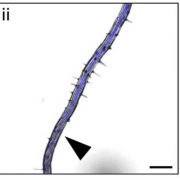
Esculin, a Sucrose Proxy for Phloem Transport
Plant Physiology, Plant Physiology: On The InsideThe study of phloem transport and its vital roles in long distance communication and carbon allocation have been hampered by a lack of suitable tools that allow high-throughput, real-time studies. Since the 1970s, several studies have used 11C or 14C isotopes to measure rates of phloem transport in large…
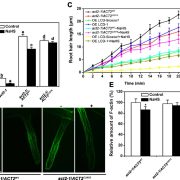
S-Sulfhydration Disrupts Actin Polymerization
Plant Physiology, Plant Physiology: On The InsideRecent evidence indicates that H2S acts as an important messenger that affects plant responses to abiotic stresses, including high salinity, drought, heat shock, heavy metals, and oxidative stress. H2S signaling has also been shown to modulate important physiological processes, such as photosynthesis,…

Sensory Plastids: a Novel Form of Specialized Plastid
Plant Physiology, Plant Physiology: On The InsidePlastids differentiate into subtypes. For example, the transition of proplastids to chloroplasts defines the photosynthetic tissues within a plant, whereas amyloplasts are formed in nonphotosynthetic tissues. Recently, evidence has accumulated for a novel class of plastids that is specialized for stress…

